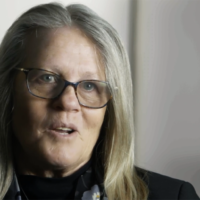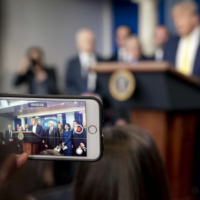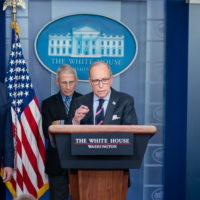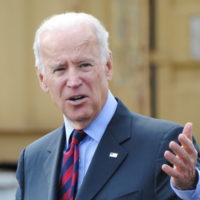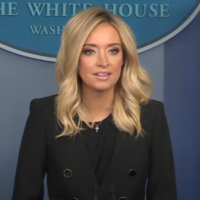The first installment of a documentary called “Plandemic” stormed through social media this week. But the viral video weaves a grand conspiracy theory by using a host of false and misleading claims about the novel coronavirus pandemic and its origins, vaccines, treatments for COVID-19, and more.
Video: Trump’s Repeated Coronavirus Claims
Trump’s Flawed China Travel Conspiracy
Trump Ad’s Misleading Use of CNN Interview
Kudlow’s Claim About COVID-19 Spread
Despite early warnings about how damaging COVID-19 could be for Americans, White House economic adviser Larry Kudlow defended his late February statement that the U.S. had “contained” the virus, saying on May 3 that the novel coronavirus “spread exponentially in ways that virtually no one could have predicted.”
